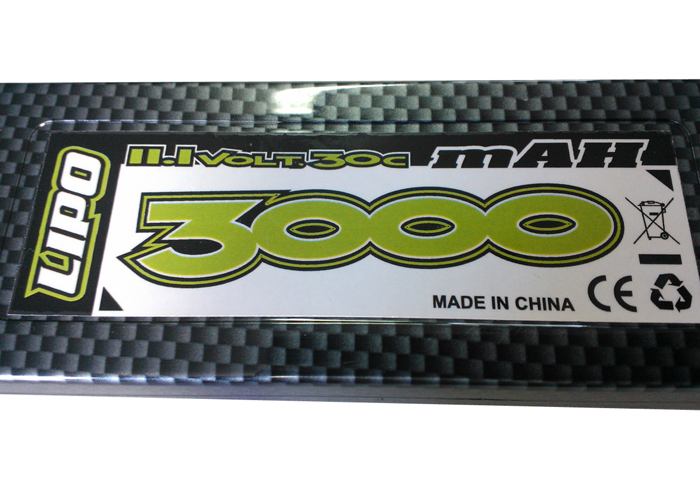Redcat Racing Weekly FAQ: Understanding LiPo Battery Labels
Redcat Racing Weekly FAQ: Understanding LiPo Battery Labels
Reading the labels on LiPo batteries can be confusing. I’ll walk you throughout the basics of LiPo battery ratings to help you understand what you’re buying and if you actually need it.
The label of a LiPo battery consists of three main elements.
- The cell count and voltage
- The “MAH” rating
- The “C”-rating
These numbers are important to understand what the battery is capable of and whether it will work in your vehicle.
# Cells (“S”-rating):
LiPo batteries are rated by the number of cells they contain. This number is often followed by “S”, which stands for series. For example: a 2S battery contains two cells. Each LiPo cell has a nominal voltage of 3.7 volts, so a 2S battery would equal 7.4 volts.
Since most vehicles these days rate their electronic speed controllers (ESC) by the number of cells they can handle, it’s a good idea to know the number of cells in your battery pack. If the battery you are looking at doesn’t include the “S” rating or cell count, look at the voltage of the pack to calculate the number of cells.
For example: if the battery has 11.1 volts printed on the label, it’s a 3 cell pack. Divide the voltage by 3.7 (voltage per cell) to get the number of cells.
What does all this mean? Besides the obvious, don’t use a higher voltage battery than your ESC and motor are rated for, voltage has a direct effect on how fast the vehicle will go. The higher the voltage, the faster the car! It is important not to exceed your ESC’s voltage rating or you will have a BBQ in you RC, and it won’t taste good.
mAh rating:
The mAh rating found on LiPo batteries may be listed as Mah, mAh, MAh, mAH, or MAH. They all mean the same thing, Milliamp Hours. This is a standard rating that shows the capacity of the battery. Do not confuse this with the voltage of a pack. While the voltage determines power, the mAh determines run time. Milliamp Hours are actually figured in Amp Hours, then converted to Milliamp Hours for a more impressive looking number. A basic conversion tells us that 1,000 Milliamp Hours is equal to 1 Amp Hour. Just divide the mAh by 1,000 to get the Ah rating.
Amp Hours are the amount of time a battery will power a device at one amp. For example: If a battery can power a motor at ONE amp for ONE hour, it is rated at 1Ah. Now we’ve just discussed that 1 Ah is equal to 1000 mAh, because Milli is Latin for a thousand. So ONE Amp Hour multiplied by “one thousand” equals ONE THOUSAND Milliamp Hours. 1000 mAh looks more impressive than 1Ah, which is why it is used on battery packs.
Lets look at another example. If a battery can power a motor at ONE amp for 5 hours, it is rated at 5Ah, which is the same as 5,000 mAh.
To summarize: The higher the mAh rating, the longer run time you will get from the pack.
“C” rating:
The C-rating seems to be a confusing area for some RC enthusiasts. This is a rating used in figuring how much amperage a battery can safely discharge without damaging the cells. This does not mean the higher the C rating, the quicker the battery will force out its juice. It simply means the higher the C rating, the quicker the battery is capable of allowing the “juice” to be sucked from the battery without internal damage to the battery itself. This rating is directly limited to the amperage draw of the ESC. You may have an extremely high C rating on your battery, but if the ESC / Motor have a low Amp draw, the battery will only discharge as fast as the ESC will draw current. On the other hand, If your ESC / Motor have a high Amp draw and the battery has a low C rating, the battery will discharge quicker than safely rated overheating and causing damage.
Using the C rating for figure Amp draw:
C ratings are multiplied by the pack’s Ah to give you the safe amp discharge rate of a battery.
For example: A 3000mAh , 20C pack will safely discharge at 60 amps.
3000 mAh = 3 Ah
3 Ah x 20C = 60 amps.
To summarize: The higher the C-rating, the higher the ESC & motor amp draw can be used.
Overall Summary:
Voltage = Power
MAH = Run Time
C rating = How Quickly A Pack Can Safely Discharge.
There are no comments yet, add one below.









